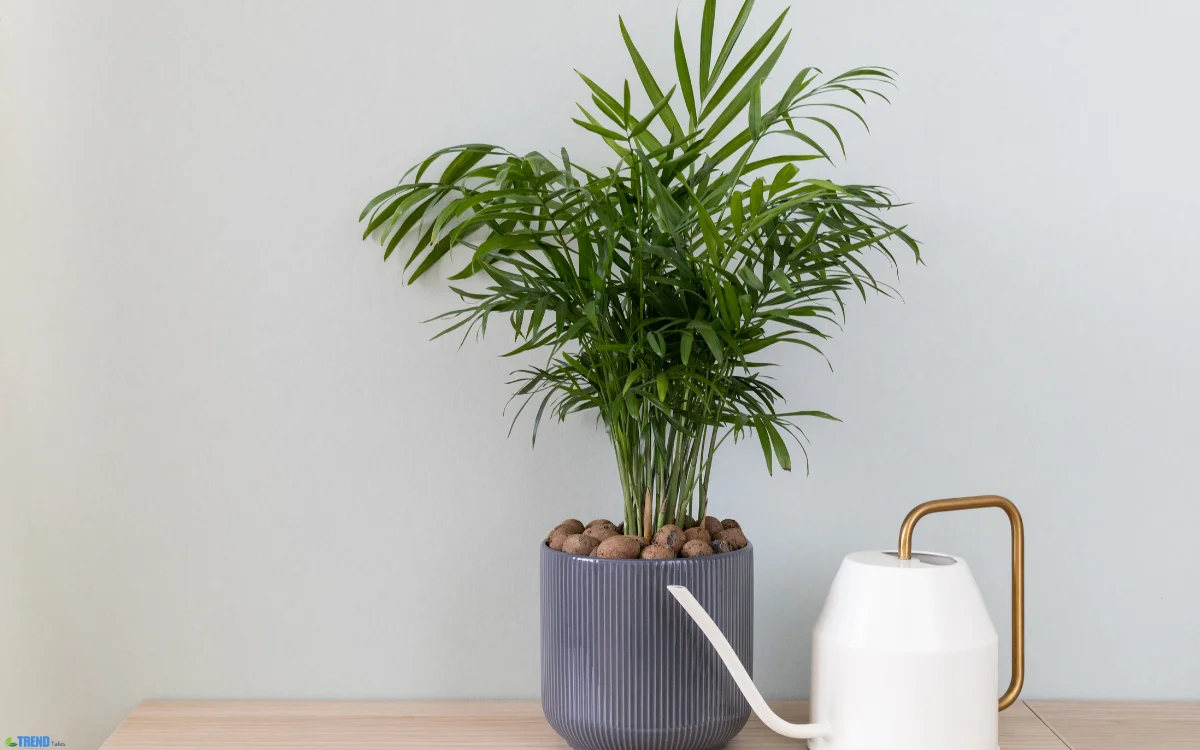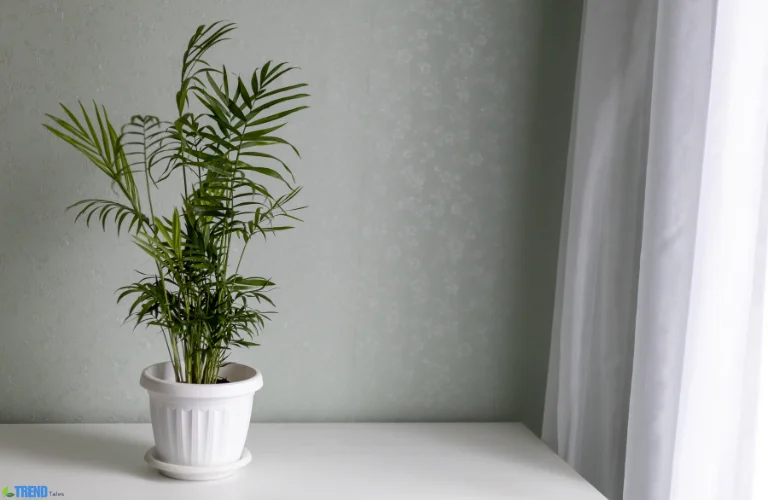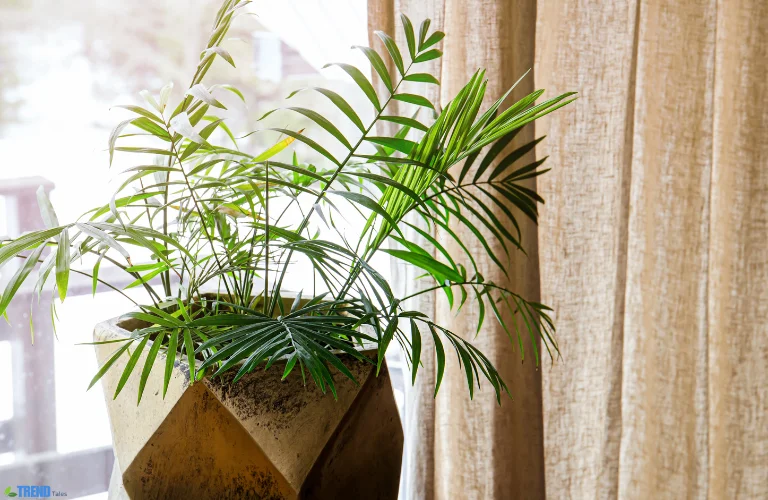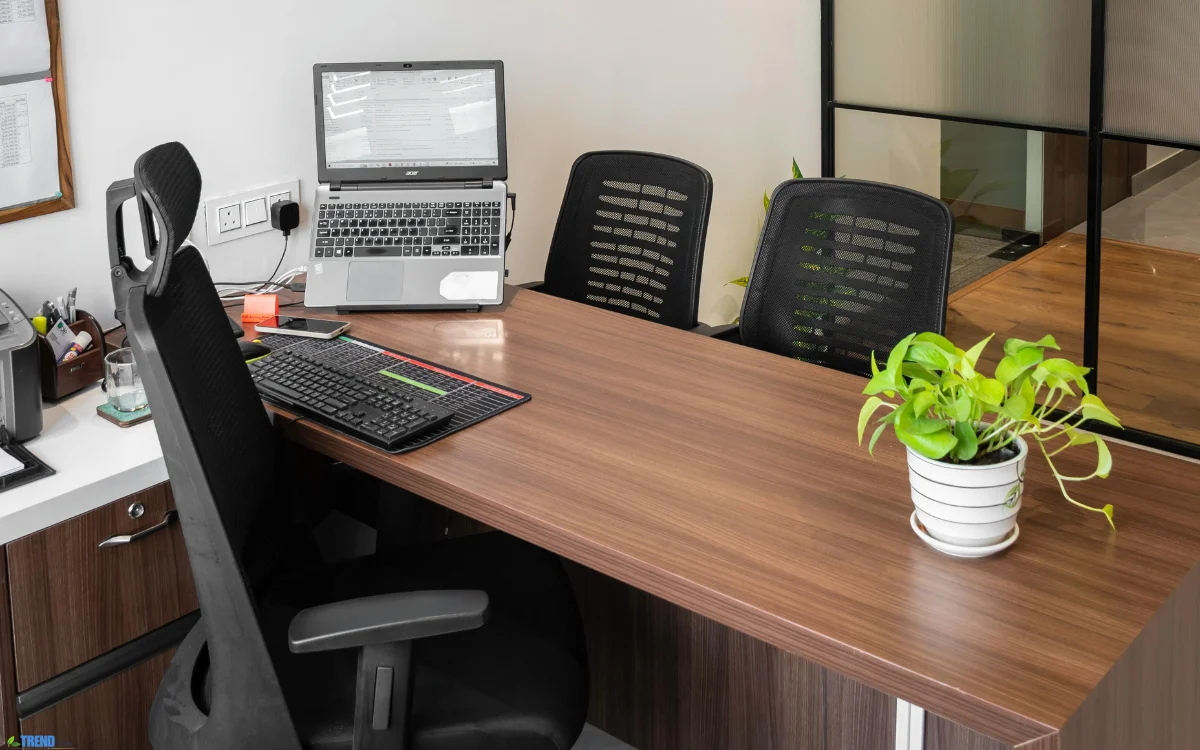Parlour Palm: The Perfect Indoor Plant for Your Home

The parlour palm is a classic houseplant, appreciated for its graceful leaves, low maintenance, and ability to thrive in different settings. Whether you’re decorating your living room, office, or bedroom, it can instantly add a touch of greenery without demanding too much attention.
For beginner plant lovers and seasoned gardeners alike, this plant offers charm and resilience. Scientifically called Chamaedorea elegans, the parlour palm is among the most widely grown houseplants around the globe. In this guide, we’ll explore the origins, care tips, benefits, and reasons why this plant remains one of the top indoor choices. By the end, you’ll know exactly how to grow and maintain a healthy parlour palm specimen while enjoying its natural appeal.
Introduction to Parlour Palm
This parlour palm has its roots in the rainforests of Mexico and Guatemala. It became especially popular in the Victorian era when homeowners used it to decorate elegant parlors, which is how it earned its common name. It thrives indoors because it can tolerate lower light levels compared to many other palms.
As an evergreen, the parlour palm grows upright with slender green stems and feather like leaves. It doesn’t require direct sunlight, making it perfect for apartments, offices, or homes with limited natural light. With proper care, it can grow up to four feet tall indoors, offering a tropical feel without overwhelming small spaces.
Benefits of Having a Parlour Palm Indoors
A Natural Air Purifier
One of the most appealing benefits of the parlour palm is its ability to purify indoor air. NASA’s Clean Air Study included this palm as one of the top air-cleaning plants. It helps remove toxins like benzene and carbon monoxide, improving the air quality in your home.
Low Maintenance and Beginner Friendly
Unlike high maintenance tropical plants, it thrives with minimal care. It doesn’t need daily watering or bright, direct sunlight, making it suitable for people with busy lifestyles. Even if you occasionally forget to water, the plant can survive without losing its lush appeal.
Aesthetic Appeal of Parlour Palm
The gentle leaves of the parlour palm introduce elegance while infusing any area with a cool, rejuvenating vibe. Its lush foliage complements both modern and traditional home décor styles. Whether paired with minimalistic furniture or rustic wooden pieces, it blends seamlessly into various themes.
Safe for Pets
Many indoor plants are toxic to cats and dogs, but this one is non toxic, making it a safe choice for pet owners. Families can enjoy the beauty of greenery without worrying about curious pets nibbling on the leaves.
How to Care for a Parlour Palm

Proper care ensures that your indoor palm remains lush and healthy. Below are essential tips:
Parlour Palm Light Requirements
The flowing, feather-like fronds of the parlour palm infuse spaces with freshness while highlighting a natural sense of elegance and energy. Position the plant close to a north or east facing window to achieve the best growth results. If kept in darker spaces, growth may slow down but the plant will still remain green.
Watering Needs
The key to watering is balance. Overwatering can cause root rot, while underwatering leads to brown leaf tips.Moisten the soil only after the top inch has dried out. During winter, reduce watering since growth slows down. Consistency is important avoid frequent small sips, instead give a deep soak when required.
Soil Preferences for Parlour Palm
This plant, especially the parlour palm, grows well in a peat-based potting mix with good drainage. Using a pot with drainage holes is crucial to prevent waterlogging. Adding sand or perlite to the soil helps enhance airflow and drainage.
Temperature and Humidity
Place it in a warm environment where the temperature stays between 65–80°F (18–27°C). It also appreciates humidity, so occasional misting or placing it near a humidifier can promote healthier leaves. Bathrooms or kitchens are often ideal spots thanks to their natural humidity levels.
Fertilizing Tips
Apply a balanced liquid fertilizer once a month throughout the active growing season in spring and summer. Avoid over-fertilizing, as this can damage the roots.During winter, you can stop fertilizing since the plant enters a natural resting phase.
Common Parlour Palm Problems and Solutions
Yellowing Leaves
If the leaves of your parlour palm start turning yellow, it may be due to overwatering. Reduce watering frequency and ensure the pot has proper drainage.
Brown Tips
Dry air or underwatering often causes brown tips. Increasing humidity or adjusting your watering routine can fix this. Keeping a small pebble tray with water under the pot can also improve moisture around the plant.
Slow Growth in Parlour Palm
This palm is naturally slow growing. However, if it shows unusually slow growth, check the light conditions and consider occasional fertilization. Repotting every few years into fresh soil also helps stimulate new growth.
Parlour Palm as an Office Plant
The parlour palm is also an excellent choice for offices. Its air purifying qualities help create a healthier work environment, while its lush green foliage adds a sense of calm and focus. Since it thrives in low light conditions and doesn’t require constant care, it can survive well under artificial lighting often found in office spaces. Adding one or two to an office corner can make the workspace more inviting without becoming a distraction.
Decorating Ideas with Parlour Palm
In Living Rooms
Place the Parlour Palm in a decorative pot and use it as a natural focal point in your living room. It pairs well with wooden furniture and light interiors. A larger specimen can be positioned in corners to soften hard lines of walls and furniture.
In Bedrooms
This palm creates a soothing atmosphere in bedrooms. Since it improves air quality, keeping it near your bed can promote restful sleep. Pairing it with soft lighting enhances the tranquil effect.
In Bathrooms
Because the parlour palm enjoys humidity, it can also thrive in bathrooms with natural light. Placing it near a frosted window ensures it gets enough light without direct exposure.
Why Choose Parlour Palm Over Other Plants
Compared to other indoor greenery, this palm offers unmatched adaptability. While some tropical species require specific light or humidity levels, this one adjusts easily to different home environments. Its pet safe nature and low maintenance make it a practical choice for families, professionals, and beginners alike. Additionally, it remains attractive throughout the year, unlike some seasonal plants that lose their appeal during colder months.
Conclusion
The parlour palm remains one of the most versatile, elegant, and easy to care for indoor plants. Its graceful fronds, air-purifying qualities, and adaptability make it a must-have for any indoor space. Whether you live in a small apartment or a large house, it can brighten your home without requiring extensive care. By following the simple care tips outlined above, you can enjoy the beauty and benefits of this timeless plant for years to come.
FAQs About Parlour Palm
Q1: How often should I water this palm?
Water only when the top inch of soil feels dry. Overwatering can cause root problems, so always check the soil first.
Q2: Can it grow in low light?
Yes, it thrives in low to medium indirect light, making it one of the best plants for shaded indoor spaces.
Q3: Is it safe for pets?
Absolutely. This plant is non-toxic to cats and dogs, so it’s safe to keep around pets.
Q4: How big does it grow indoors?
Indoors, it typically grows up to four feet tall, though it is a slow grower.
Q5: Does it need frequent repotting?
No, repotting every 2 3 years is enough, or when the roots outgrow the pot.


1 comment